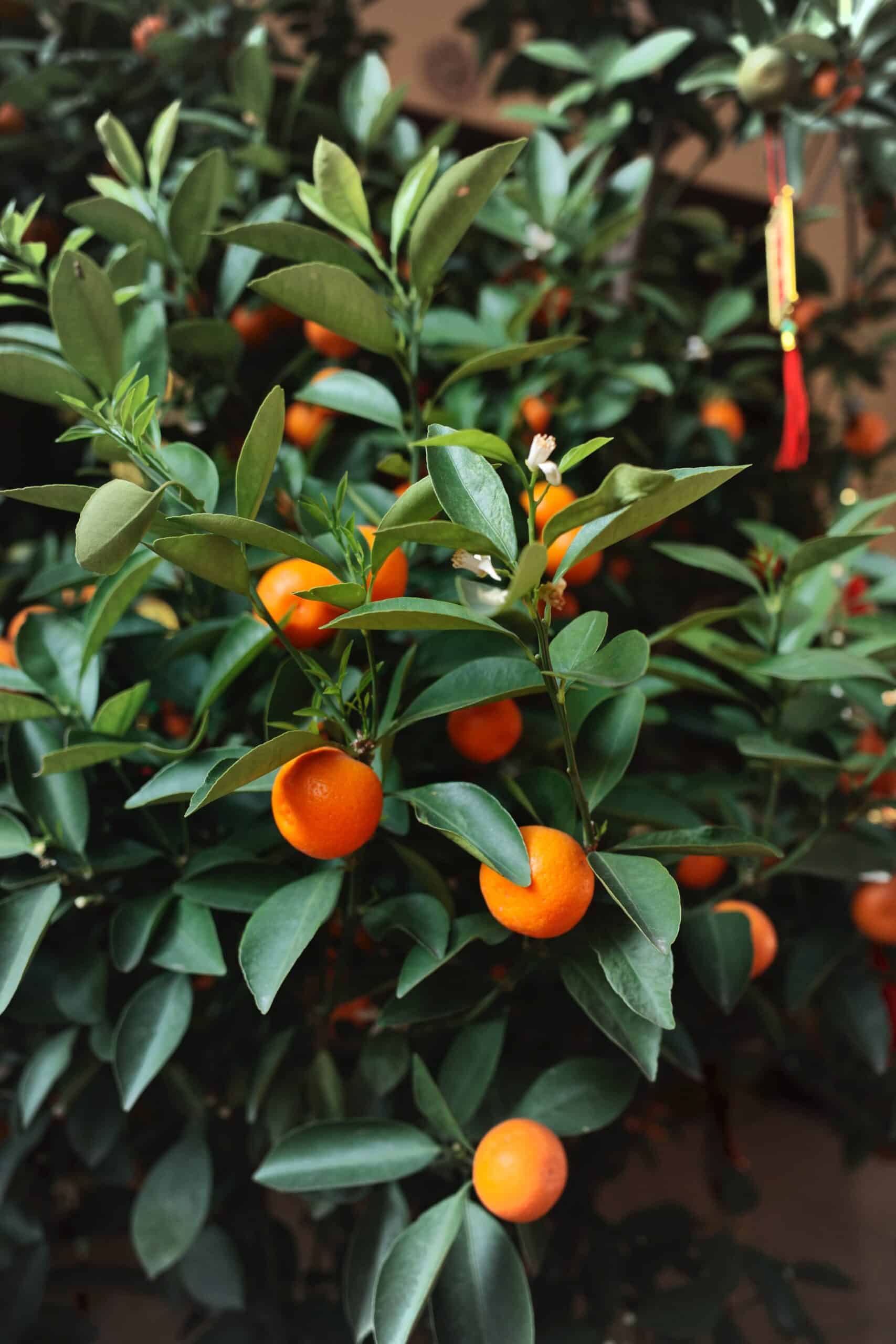
Citrus Greening: The Disease Killing Florida’s Favorite Trees
Beautiful trees are a much-beloved part of our Florida landscape. Unfortunately, there are many varieties of tree diseases that are a costly scourge on the state’s economics and farming industry. One of the most devastating is citrus greening, which made its way here after originating in Asia and has ravaged trees in Florida, Georgia, the US Virgin Islands, California, Puerto Rico, South Carolina, and Texas. If your own trees have been infected, you may be wondering if there is anything you can do to help them. Read on to learn more about this disease.
What Is Citrus Greening?
Citrus greening, also known as Huanglongbing (HLB) or yellow dragon disease, is a highly infectious bacterial disease that targets citrus trees, including the following varieties.
- Orange
- Kumquat
- Tangerine
- Lemon
- Lime
- Grapefruit
- Mandarin Orange
- Orange Jasmine
Citrus greening, first identified in Florida in 2005, has ravaged millions of acres of Florida’s citrus crops, negatively impacting the state’s orange juice industry. The disease is spread by the Asian citrus psyllid insect that feeds on a citrus tree’s leaves and stems, stunting growth, impairing nutrient flow, hindering fruit ripening, and leading to the infected tree not receiving what it needs to produce healthfully or mature properly.
Symptoms of Citrus Greening
How can you tell if your tree is infected with citrus greening? Symptoms include root damage, twig dieback, visible psyllids or their droppings, vein yellowing and discolored, mottled leaves as well as small, deformed fruits with a curved core, dark aborted seeds, and green stylar ends that drop prematurely. An infected tree may look relatively healthy, but citrus greening is incurable, and these trees will stop bearing fruit at all after a few years.
Could Hardwood Mulch Help Infected Trees?
While there is no known cure for citrus greening, researchers conduct new studies all the time testing ways to mitigate its effects. In fact, University of Florida IFAS researchers have found promising indications that suggest oak mulch may decrease the presence of bacteria in HLB-infected trees. The study found that trees located under oaks suffered less severe symptoms than those that were not. This suggests that even if your infected tree is not growing under an oak, laying hardwood mulch may help trees better obtain the nutrients they need to thrive.
How Mulching Benefits Your Trees
There is no doubt that mulching plays an important role in the overall health of all of your trees. It helps improve your soil’s quality, allowing it to retain moisture and nutrients while facilitating soil aeration.
Whenever mulching, take the following steps to ensure your trees receive the maximum benefit.
- Clear away any dead limbs or debris from the base of the tree.
- Rake the soil and use a tiller to turn it over.
- Remove any weeds and apply weed repellant.
- Lay the mulch over the tree’s root system at a depth of 2-4 inches, starting about 8-10 inches away from the tree trunk to prevent trunk rot.
You can maintain your mulch by regularly checking it for compaction and replenishing it with new mulch as needed.
Gaston Mulch Is Your Healthy Plant Partner
Whether you have citrus greening-infected trees or just recognize the importance of top-quality mulch and soil for the health and vitality of your yard, rely on Gaston Mulch and Soil to help you keep it looking its best. We offer a handy calculator so you can determine how much mulch you need for your project without wastage, as well as customized shipments across the state. Contact us today to find out about our available mulches and how they benefit the growth and vitality of your landscape in an easily achievable but effective way.
